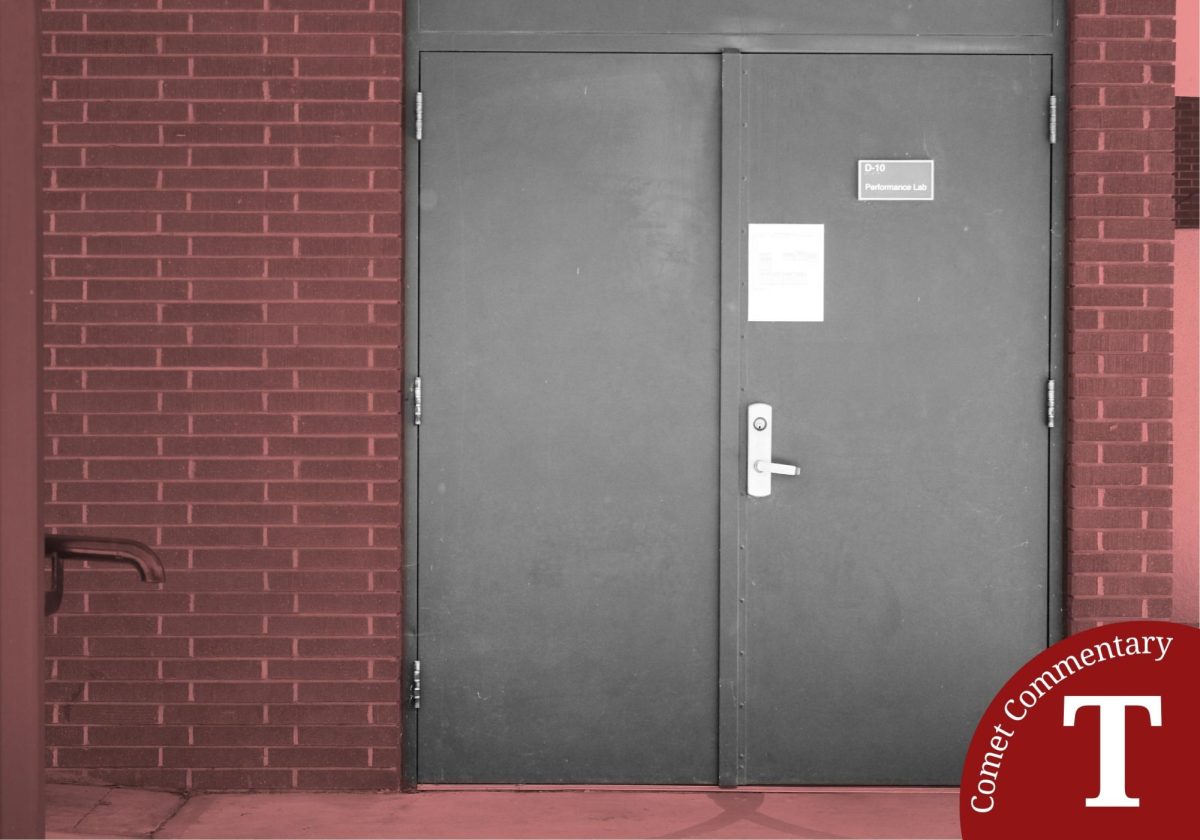Once upon a time, University of California Berkeley’s tuition was free.
It’s almost hard to believe that now, amidst our age of rising education costs and student debt. But a recent proposal from President Obama aims to help with the price of educating our youth. This is fundamentally a good idea.
As the years have gone on and our country has gotten older, our elected officials have stressed the importance of education, especially higher education.
Where once a high school education was socially sufficient, nowadays it almost seems mandatory to pursue a college degree.
But rising tuition and various school costs have made this a continually more difficult goal to pursue.
Last week, in an effort to remedy this situation, President Obama made a proposal to make all 2-year community colleges free to attend, with the conditions being that students maintain a 2.5 GPA and attend classes at least half-time.
If we did expand on this proposal, it would have a substantial impact on our education. Of the 24 million college students in this country, community colleges educate nearly half of them.
It’s estimated that only around 60 percent of students that pursue a bachelor’s degree actually graduate. How many of the other 40 percent stop attending because of financial reasons?
These days, a high school education can no longer guarantee a student a decent-paying job. If college is essential to a middle-class income, then we, as a country, should put more emphasis on getting students to graduate.
Now, there’s the issue of funding this initiative.
This plan is estimated to cost the federal government $60 billion over 10 years.
This seems expensive, of course, and it’s important to be economically sound. Of course, most of the money is likely to come from us: the taxpayers. But let’s look at some facts.
Consider that we, on average, spend more money to incarcerate our citizens than educating them. California, for example, spends around $62,000 to imprison someone for a year. On the other end of the spectrum, we only spend about $9,000 on every K-12 student.
Something is wrong with that.
Let’s not forget that, as various studies have shown, a better-educated population has an overall lower crime rate. A lower crime rate leads to lower prison populations, potentially saving us much more money in the long run.
Also, a well-educated populace and workforce is essential to the country’s economic health, especially in our age of outsourcing everything to other countries. It’s no secret that we fall grossly behind in the educational department when compared to other countries.
If we are to remain competitive as a nation, we need to place more emphasis on our educational standards. We have to remember that we aren’t alone in the world anymore.
A nation’s education performance is directly tied to how well its economy does, and how it stacks up in the global economy. If we are to remain relevant, we have to keep up.
Of course, we shouldn’t blindly jump into any large-scale education reform without serious debate. But let’s not toss out the good ideas with the bad simply because we are fearful of big government.














